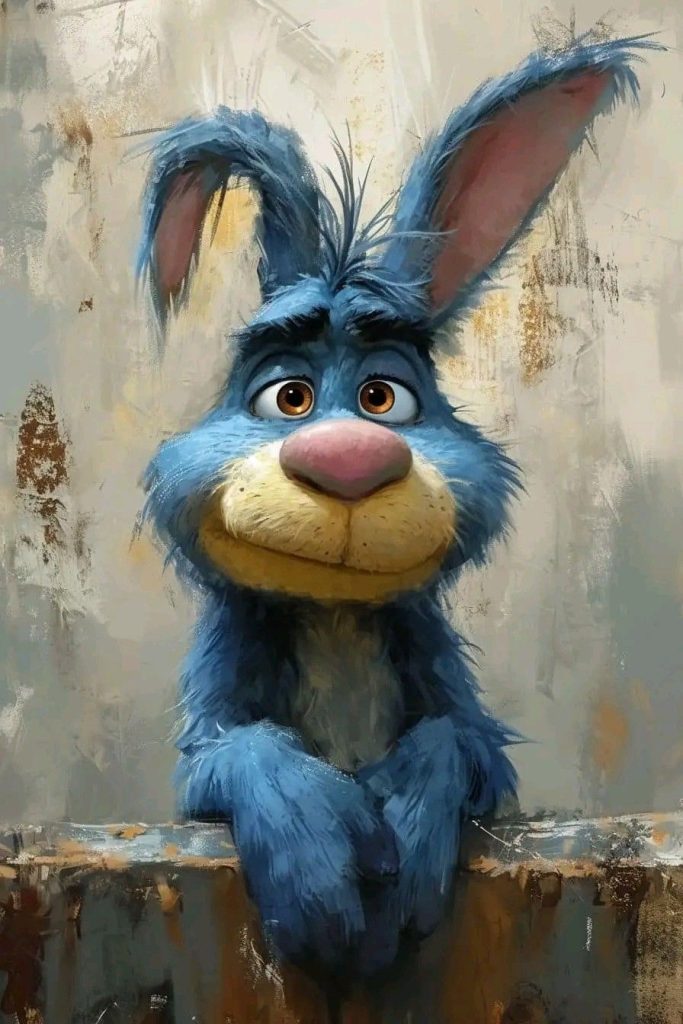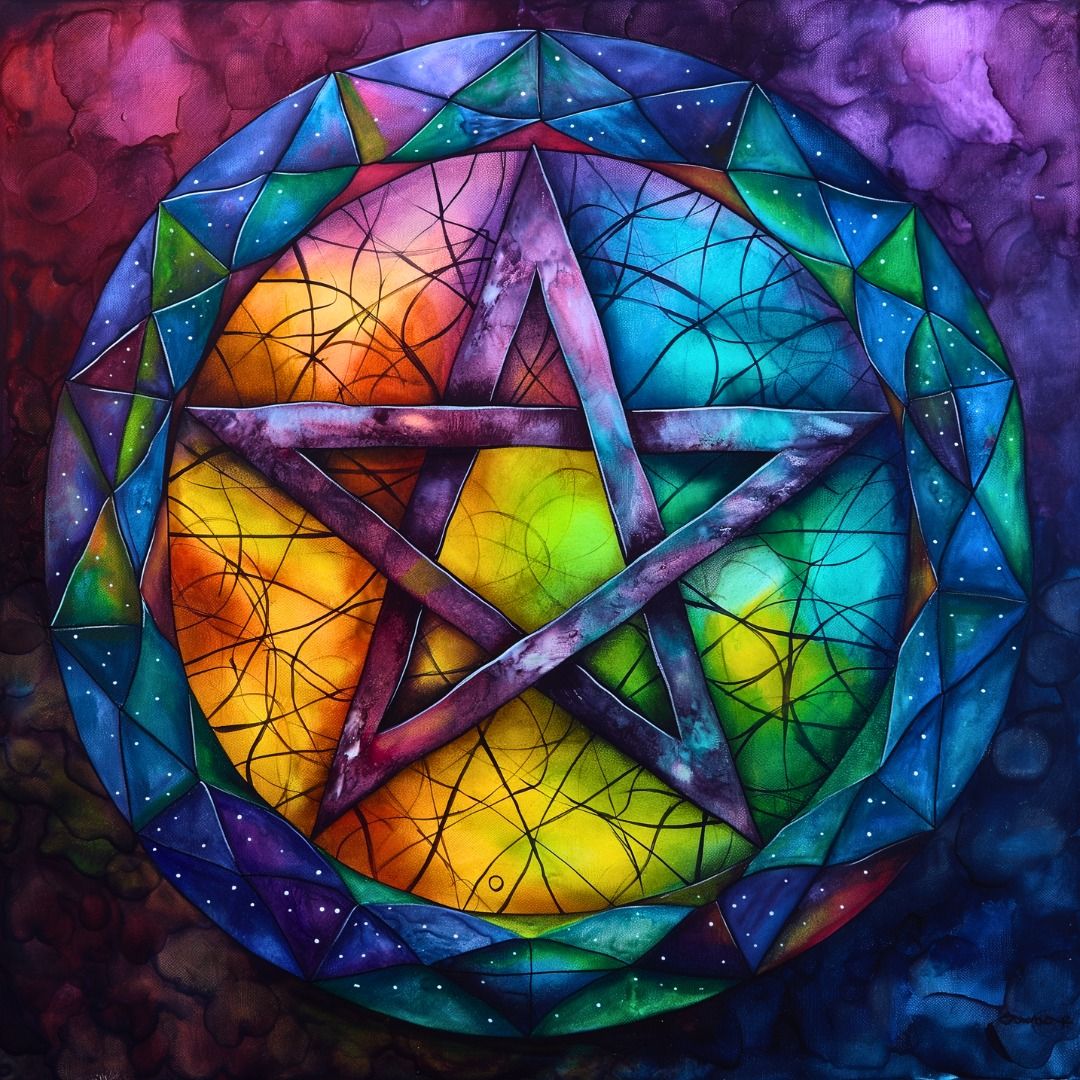
Genesis 9 New International Version
God’s Covenant With Noah
9 Then God blessed Noah and his sons, saying to them, “Be fruitful and increase in number and fill the earth. 2 The fear and dread of you will fall on all the beasts of the earth, and on all the birds in the sky, on every creature that moves along the ground, and on all the fish in the sea; they are given into your hands. 3 Everything that lives and moves about will be food for you. Just as I gave you the green plants, I now give you everything.
4 “But you must not eat meat that has its lifeblood still in it. 5 And for your lifeblood I will surely demand an accounting. I will demand an accounting from every animal. And from each human being, too, I will demand an accounting for the life of another human being.
6 “Whoever sheds human blood,
by humans shall their blood be shed;
for in the image of God
has God made mankind.
7 As for you, be fruitful and increase in number; multiply on the earth and increase upon it.”

Source: Google
In shallow waters, all colors of the visible light spectrum, including red, orange, yellow, green, blue, and violet, can penetrate. However, the depth to which each color penetrates varies. Red light is absorbed more quickly, while blue light can penetrate further.
Here’s a more detailed explanation:
Red, Orange, and Yellow:
These colors, which have longer wavelengths, are absorbed closer to the surface of the water. For example, red light is absorbed within the first 15 meters (49 feet).
Blue and Green:
These colors, with shorter wavelengths, penetrate deeper into the water. Blue light can reach depths of around 100 meters (328 feet) in clear waters, while green light may penetrate even further.
Turbidity and Depth:
The clarity of the water also affects light penetration. In turbid (cloudy) waters, all colors of light are absorbed more quickly, and light penetration is significantly reduced.
Euphotic Zone:
The upper layer of the ocean, typically the top 200 meters (656 feet), where sunlight penetrates and supports photosynthesis, is called the euphotic zone.
Beyond the Euphotic Zone:
Below 200 meters, the amount of sunlight decreases rapidly, and the aphotic zone (no sunlight) begins.


